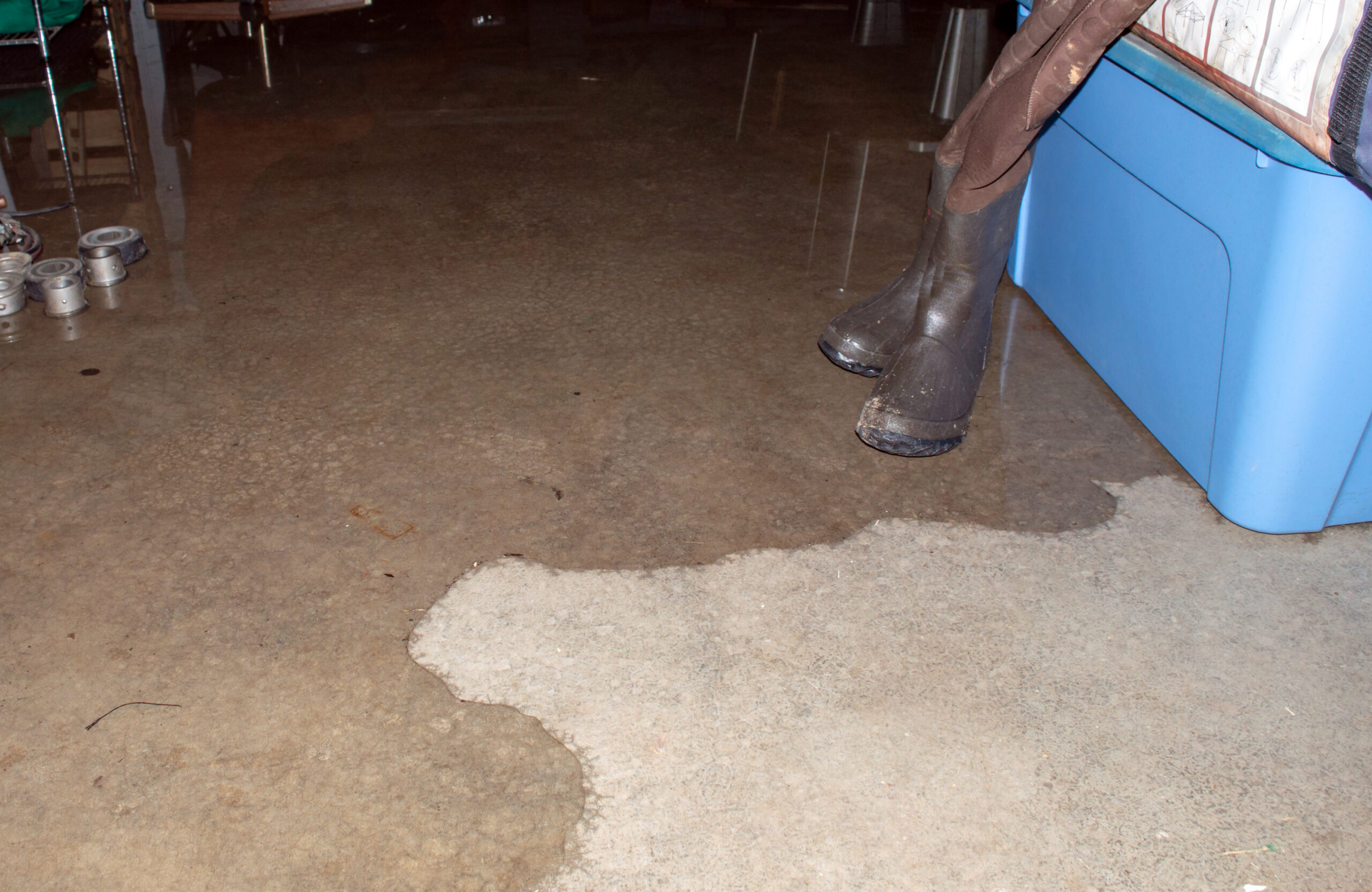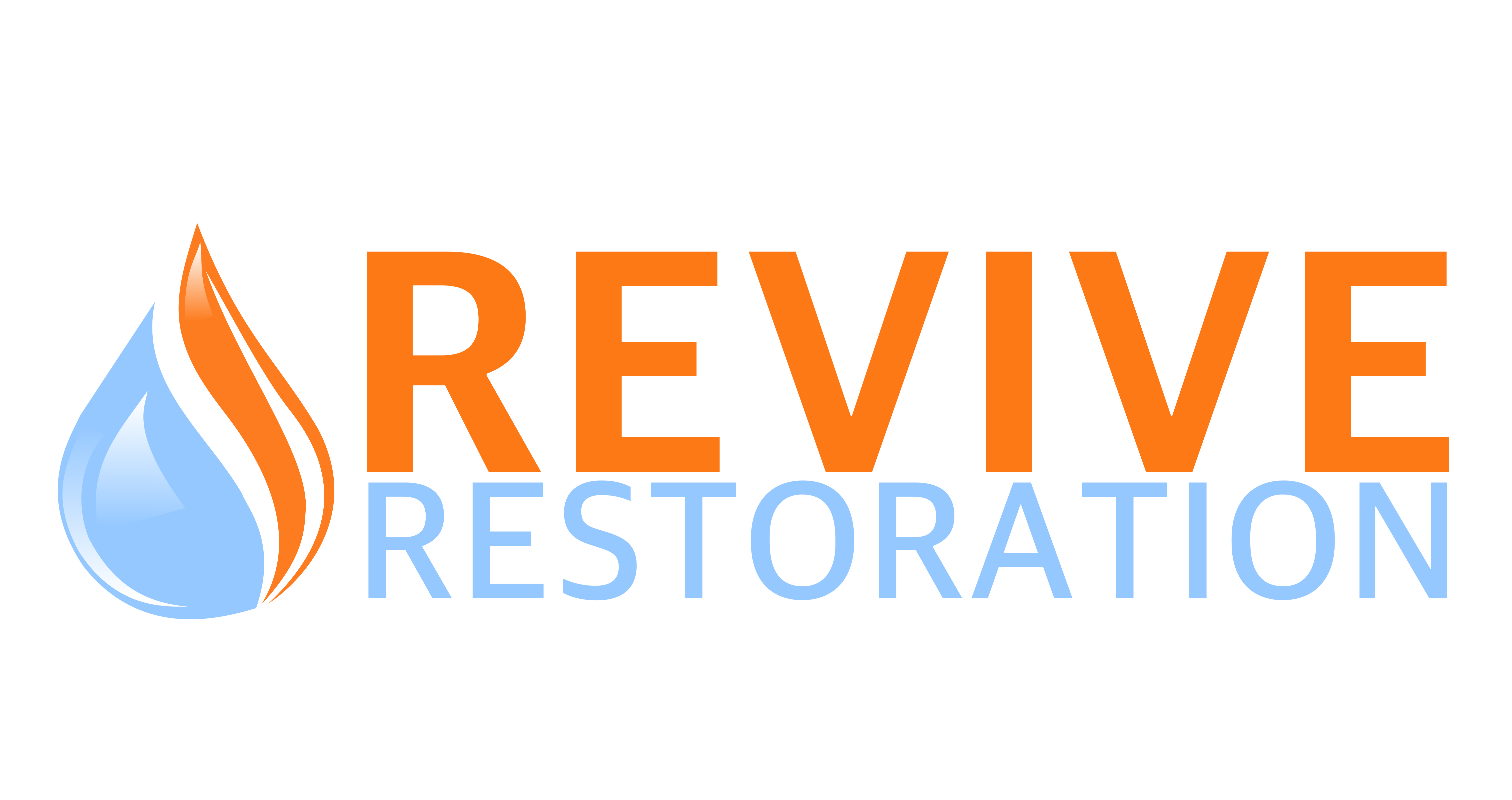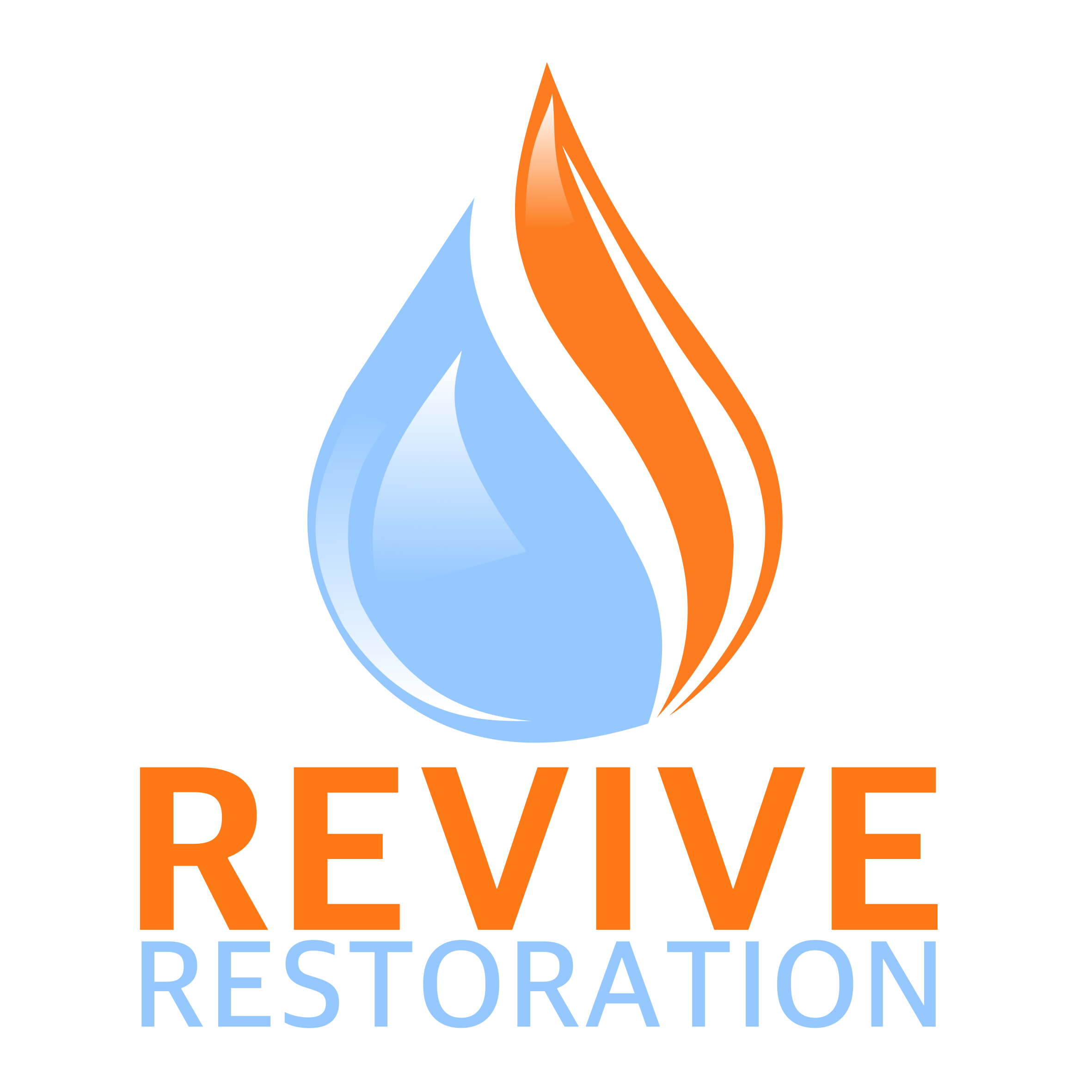
Emergency Basement Restoration: How to Deal with a Flooded Basement
A homeowner’s worst nightmare can be dealing with a basement that has been flooded. The consequences of a flood in the basement can be devastating and expensive, from water damage to the potential growth of mold. It is crucial to know how to handle this emergency situation in order to minimize the damage and restore your home to its original state.
There are various factors that can cause a basement flood, such as heavy rain, burst pipes, or sewer backups or a malfunctioning sump pump, a flooded basement can cause significant damage and require immediate attention.
Regardless of the cause, it is important to take immediate action in order to prevent further destruction and salvage as much as possible. By understanding the necessary steps to take when faced with a flooded basement, you can ensure a more efficient and successful restoration process.
If you find yourself dealing with a flooded basement, it is important to act quickly and methodically in order to limit the damage. From stopping the source of the water to safely drying out the area, there are specific steps that need to be followed to restore your basement to its pre-flood condition.
This article will provide you with helpful guidance and tips to effectively handle a flooded basement and prevent future incidents. We will also explore the process of dealing with a flood in the basement, ensuring the safety of you and your family and minimizing the long-term consequences.
A flooded basement can be a distressing situation, causing significant damage to your property. While waiting for professional cleanup and restoration assistance, here are some crucial steps to help you address the issue:
Safety Precautions
Before beginning the restoration process, it is crucial to prioritize the safety of everyone involved. Follow these guidelines:
- Turn Off the Electricity: If any water is near electrical wires, turn off the power at the main circuit breaker to prevent the risk of electrocution. Turn off the electricity to prevent any risk of electrocution. Consider contacting an electrician for assistance.
- Wear Protective Clothing: Make sure to wear waterproof boots, rubber gloves, and a mask to protect your skin and prevent inhalation of hazardous particles.
- Use flashlights: Avoid using candles or open flames in the basement, as they may pose additional fire hazards. Instead, use flashlights to navigate the dark and dimly lit area.
- Avoid Contact with Floodwater: Avoid coming into direct contact with the floodwater, as it may contain harmful bacteria and contaminants. Do not step into the water to avoid potential hazards.
- Call Emergency Services: If the flooding poses an immediate threat to your safety or is severe enough to require professional assistance, contact emergency services immediately.
Assessing the Damage
Once you have taken the necessary safety precautions, it’s time to assess the damage and determine the severity of the flood. Consider the following factors:
- Amount of Water: Determine the amount of water in the basement and take accurate measurements. This will help you determine the extent of the damage and the appropriate restoration techniques.
- Source of the Flood: Determine the source of the flood, whether it was caused by heavy rainfall, burst pipes, or a defective sump pump. This information will guide the restoration process and help identify any underlying issues.
- Type of Water: Determine the type of water involved in the flooding. Clean water, such as rainwater or melting snow, is easier to handle compared to contaminated water, such as sewage or sewage backup.
Water Extraction and Removal
The first step in the restoration process is to remove as much water as possible from the basement.
Follow these steps:
- Remove Wet Items: Take out all items that are wet or waterlogged. Salvaging belongings promptly is essential. Start air circulation in the affected area. Turn on a dehumidifier to reduce moisture.
- Document Restoration Services: In addition to water extraction and cleanup, Revive Restoration offers document restoration services. Damaged documents are taken to their specialized facility, where techniques like Gamma Irradiation (for sterilizing documents exposed to sewage and floodwater), Vacuum Freeze, and Digitization Services are employed to restore them to pre-loss condition.
- Use a sump pump: If your basement is equipped with a sump pump, start it up and direct the water to a safe location outside.
- Use wet/dry vacuum: If the floodwater has not receded significantly, you can use a wet/dry vacuum to extract the remaining water. However, it is essential to ensure that the vacuum is safe to use in water.
- Puddle removal: If the water has receded, but there are still puddles, use a mop or towels to absorb the liquid.
- Open windows and doors: To increase air circulation and help dry out the basement, open any windows and doors that are accessible to the affected area.
Drying and Dehumidifying
Once the water has been removed from the basement, it is essential to dry it out and prevent further damage.
Follow these steps:
- Open wet walls: Remove any furniture, carpets, or other obstructions that may be blocking access to wet walls. Open the walls and remove any wet insulation or drywall.
- Use dehumidifiers & fans: Place dehumidifiers in the basement to remove moisture from the air. This will help speed up the drying process and prevent the growth of mold and mildew. Next, assess the extent of the damage and begin removing the water using a pump or wet vacuum. Use fans and dehumidifiers to help dry out the area and prevent mold growth.
- Properly dispose of damaged items: If any items in the basement have been damaged by the floodwater, it is essential to dispose of them properly to prevent the spread of mold. Dispose of damaged furniture, carpets, and other porous materials.
- Monitor progress: Regularly monitor the drying progress and make adjustments as needed. It may take several days or even weeks for the basement to fully dry out completely.
Cleaning and Sanitizing
Once the basement is completely dry, you can start cleaning and sanitizing the affected areas.
Follow these guidelines:
- Remove Debris: Remove any debris, such as silt, mud, or fallen items, that may have accumulated in the basement during the flood.
- Wash Walls: Wash the walls using a solution of warm water and a mild detergent. Scrub the walls to remove any dirt or mold that may have accumulated.
- Clean Floors: Clean the floors using a broom, mop, or vacuum cleaner to remove any dirt or debris.
- Sanitize Surfaces: Use appropriate disinfectants or sanitizing solutions to wipe down any surfaces that came into contact with the floodwater.
- Mold Concerns: Water damage and excessive moisture can lead to mold growth. According to FEMA, mold can develop on damp surfaces within 24 to 48 hours. Revive Restoration professionals follow a seven-step mold remediation process to address mold growth in your flooded basement or other parts of your property.
Restoration, Repairs And Preventions
Once the basement has been cleaned and sanitized, you can start making necessary repairs and restorations.
Consider the following steps:
- Drywall Repair: If any drywall has been damaged, repair or replace it, ensuring proper sealing to prevent future moisture issues.
- Electrical Repairs: If any electrical components, such as outlets or wiring, have been damaged, have them repaired or replaced to ensure safety.
- Pipe Repairs: If your pipes were the cause of the flood, have them repaired or replaced to prevent future leaks and flooding.
- Structural Repairs: If any significant structural damage has occurred, such as cracks in walls or sagging floors, have them repaired or reinforced to ensure stability and reduce the risk of future flooding.
- Common Questions: How much will it cost to clean my flooded basement? The cost varies based on severity, but Revive Restoration professionals work with your insurance company to streamline the process and minimize stress.
Understanding the Causes of Basement Flooding
In order to put proper preventative measures and repair techniques into place, it is critical to determine the underlying causes of basement flooding.
- Blocked Sanitary Lateral: A blocked sanitary lateral can result in water seepage or accumulation in the basement if there is no proper drainage system in place to redirect the flow of wastewater. This can lead to potential flooding and damage to the property. To prevent this issue, regular maintenance of the lateral line is essential to remove any obstructions that may cause blockages, ensuring proper flow of wastewater and reducing the risk of water seepage or accumulation in the basement. Regular inspections, cleaning, and repairs as needed can help avoid costly repairs and potential water damage.
- Poor Lot Grading: Inadequate lot grading can lead to water pooling around the foundation and seeping into the basement, causing water damage and potential structural issues. To ensure proper water drainage away from the foundation, grading techniques such as sloping the ground away from the house, installing proper drainage systems like French drains or gutters, and using landscaping features like swales can be implemented to redirect water flow and prevent water seepage into the basement. Properly addressing lot grading is crucial in protecting the integrity of the foundation and preventing costly water damage in the long run.
- Unmaintained Foundation: Cracks or structural issues in the foundation can allow water to seep into the basement, leading to leaks and potential flooding. It is crucial to address these issues promptly through foundation repairs and waterproofing measures to prevent further damage and protect the structural integrity of the building. Timely intervention can help avoid costly repairs and ensure a safe and dry basement environment.
- Pipe Problems and Plumbing Issues: Burst pipes are a common cause of basement water damage, especially during both dry and wet conditions. Regular plumbing maintenance can help identify potential issues before they escalate, while prompt repairs can prevent costly water damage and structural issues in the basement. Therefore, it is crucial to address any plumbing problems promptly to ensure the integrity of the basement and prevent further damage.
- Heavy Rainfall and Weather-Related Factors: Heavy rainstorms can lead to an increase in hydrostatic pressure, raising the risk of basement flooding. To mitigate this risk, homeowners can install weatherproofing barriers and reliable sump pump systems as defense mechanisms. These measures can help prevent water from seeping into basements and causing damage to properties.
- External Sources: Ground-Thaw and Snowmelt: During rapid ground-thaw or sudden snowmelt, the soil may reach its saturation point, causing water seepage into basements. To prevent this, it is important to maintain proper grading around the foundation and install downspout extensions to redirect water away from the house during thawing or melting periods. This helps to alleviate the pressure on the soil and reduce the risk of water infiltration into the basement area.
- Other Contributing Factors: To address internal plumbing leaks, regularly check and maintain pipes and fixtures, as well as promptly fix any leaks. For sewer system backups, consider installing a backwater valve and ensuring proper maintenance of the sewer system. Prevent failure of drainage tiles by inspecting and repairing them as needed. Ensure downspouts are properly installed to direct water away from the foundation, and regularly clean gutters to prevent blockages. Proper maintenance and proactive measures can help minimize the risk of basement flooding caused by these issues.
Prevention and Immediate Steps for Emergency Basement Restoration
It is crucial to adopt a multi-faceted approach that includes both preventive measures and preparedness for emergency situations in order to protect your basement from flooding. Regularly inspecting and maintaining proper drainage systems, waterproofing walls and floors, and installing a sump pump can help prevent water damage. In case of a flooded basement, it is important to prioritize safety and turn off electricity before attempting any cleanup. Start by removing water and damaged items, then disinfect and dry the area thoroughly to prevent mold growth. Seek professional restoration assistance for extensive cleanup and repair work.
Dealing with a flooded basement can be an overwhelming experience, but with careful planning and immediate action, you can minimize the damage and restore your basement to its former condition.
By following this guide and taking the necessary safety precautions, you can effectively deal with a flood in your basement and protect the safety of your home and family.
Remember, acting swiftly in the first 24 hours after discovering water damage is crucial. If you encounter a flooded basement, prioritize safety and seek Revive Restoration for promptly assistance.
Revive Restoration, as a professional water damage restoration company, we bring a wealth of expertise and specialized equipment to ensure thorough and effective basement drying, cleaning, and repairs. With advanced tools such as industrial-grade dehumidifiers, moisture meters, and powerful drying techniques, we can quickly and efficiently remove excess water and moisture, prevent mold growth, and restore the affected area to its pre-damage condition. Our experience and knowledge in handling water damage situations make us well-equipped to address any basement flooding or water intrusion effectively. Call us right now at (720) 340-3499.

